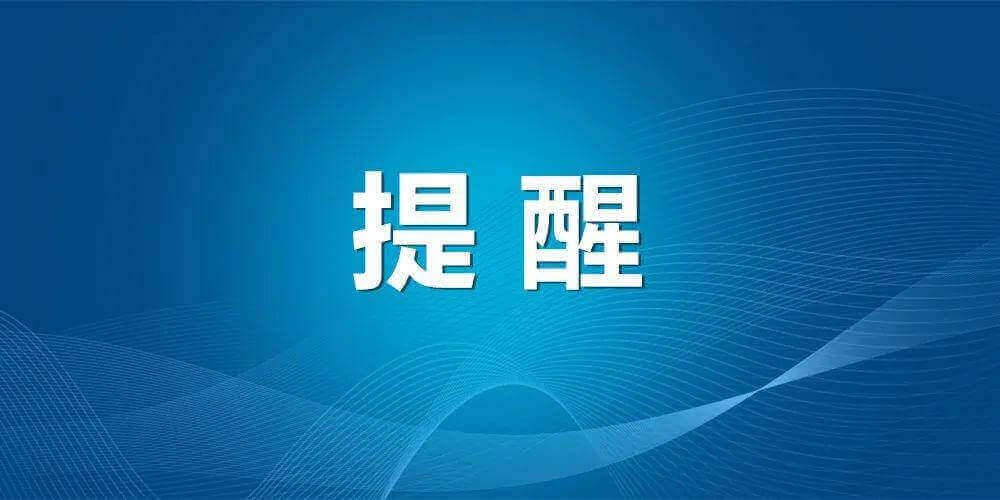**北京师范大学师生赴青海开展铸牢中华民族共同体意识教育实践**
近日,北京师范大学组织了一支由50余名师生组成的实践团队,前往青海省进行铸牢中华民族共同体意识的教育实践活动。这次为期五天的实践活动,旨在通过参观展览、调研访谈、支教实践等形式,让师生们深入理解并感受“铸牢中华民族共同体意识”的内涵与实践路径。
实践团队首先参观了青海省博物馆和青海省藏文化博物院,通过丰富的文物古籍,师生们解码了“何以中华民族共同体”的历史脉络。北京师范大学经济与工商管理学院的辛月祥同学,作为青海本地人,通过这次活动了解到了西汉末年新朝初期青海东部地区已被纳入国家统一疆域的历史事实,进一步增强了对中华民族共同体历史的认知。新闻传播学院的宋姿慧和历史学院的马天宇同学则被《中国藏族文化艺术彩绘大观》这幅巨型唐卡长卷深深震撼,它不仅展现了藏族文化的丰富多样性,更体现了藏汉等民族在文化交流中的深度交融,为师生们提供了直观的历史与文化体验。
实践团还深入青海的农村地区,参与了西宁大通县老爷山脚下的一场“花儿”擂台赛,亲身体验了各民族文化的交融与共享。在大通县明长城遗址,师生们与当地教师交流,了解到长城不仅是历史的见证,更是促进不同民族交往交流交融的纽带,为当地和谐共处的民族关系提供了历史依据。
在青海省三江源民族中学,实践团成员与中学生交流,了解了教师在教育中如何融入铸牢中华民族共同体意识的教育内容,通过诗歌朗诵、研学参观和板报比赛等多种形式,增强学生的民族团结意识。
此外,实践团还深入果洛藏贡麻村和同仁市扎毛乡牙什当村两个藏族村落,发现现代化的基础设施与藏族传统文化元素并存,展现了青海各民族和谐共处的生动实践。师生们惊喜地发现,即使在边远地区,现代通讯技术也得到了广泛应用,5G信号覆盖良好,展现了青海社会发展的新面貌。
此次北京师范大学师生赴青海的教育实践活动,不仅加深了师生们对中华民族共同体意识的理解,也通过实际行动促进了不同民族之间的交流与融合,为铸牢中华民族共同体意识提供了实践经验和启示。
英语如下:
News Title: “Peking University Teachers and Students’ Journey to Qinghai: Decoding the Practice of Solidifying the Sense of a Chinese Nationary Community”
Keywords: Peking University, Journey to Qinghai, Solidify National Unity Consciousness
News Content: **Educational Practice on Solidifying the Sense of a Chinese Nationary Community at Peking University in Qinghai**
Recently, Peking University organized a team of 50 students and faculty members to embark on an educational practice in Qinghai, aimed at reinforcing the sense of a Chinese Nationary Community. This five-day activity was designed to allow the participants to deeply understand and experience the essence and practical approaches of solidifying the sense of a Chinese Nationary Community through visits to exhibitions, surveys, and teaching practices.
The team began their journey by visiting the Qinghai Provincial Museum and the Qinghai Tibetan Culture Museum, where they decoded the historical threads of “the essence of the Chinese Nationary Community” through a wealth of historical artifacts and texts. For Xin Yuexiang, a student from the School of Economics and Business Management at Peking University, who is from Qinghai, this visit provided insights into the historical fact that the eastern part of Qinghai was incorporated into the unified territory of the state during the early years of the Xin Dynasty. This enhanced his understanding of the historical dimensions of the Chinese Nationary Community. Students from the School of Journalism and Communication, Song Zihui, and the School of History, Ma Tianyu, were deeply impressed by the ‘Great Tangka Scroll of Tibetan Artistic Culture in China’, a massive scroll that not only showcased the rich diversity of Tibetan culture but also demonstrated the deep intercultural exchanges between Tibetan and Han ethnic groups, offering the participants a vivid historical and cultural experience.
The team also ventured into rural areas of Qinghai, participating in a “flower” singing competition at the foot of Mount Lao in Datong,西宁, experiencing the fusion and sharing of various ethnic cultures. At the Ming Great Wall site in Datong, the students engaged in discussions with local teachers, learning about how the Great Wall, not only a historical testament, but also a bridge that facilitated the interactions and exchanges among different ethnic groups, provided historical evidence for harmonious coexistence among ethnic groups in the region.
In the Qingshanan National Middle School in Qinghai, the team members interacted with middle school students, gaining insights into how teachers incorporate the concept of solidifying the sense of a Chinese Nationary Community into their education. Through activities such as poetry recitations, field trips, and poster competitions, they aimed to strengthen the students’ awareness of national unity.
Additionally, the team explored the Tibetan villages of Goluo Zanggongma and Yamading Village in同仁市扎毛乡, discovering the coexistence of modern infrastructure and Tibetan cultural elements, which demonstrated the vivid practices of harmonious coexistence among various ethnic groups in Qinghai. The students were pleasantly surprised to find that even in remote areas, modern communication technologies were widely used, with good 5G signal coverage, reflecting the new face of social development in Qinghai.
This educational practice by Peking University students and faculty members in Qinghai not only deepened their understanding of the concept of solidifying the sense of a Chinese Nationary Community but also provided practical experiences and inspirations for promoting exchanges and integration among different ethnic groups through their actions.
【来源】http://www.chinanews.com/gn/2024/07-25/10257510.shtml
Views: 1
